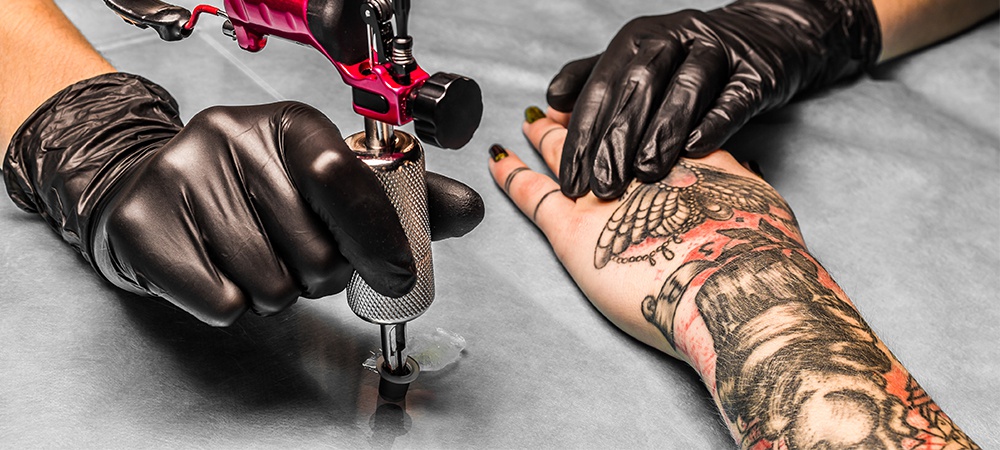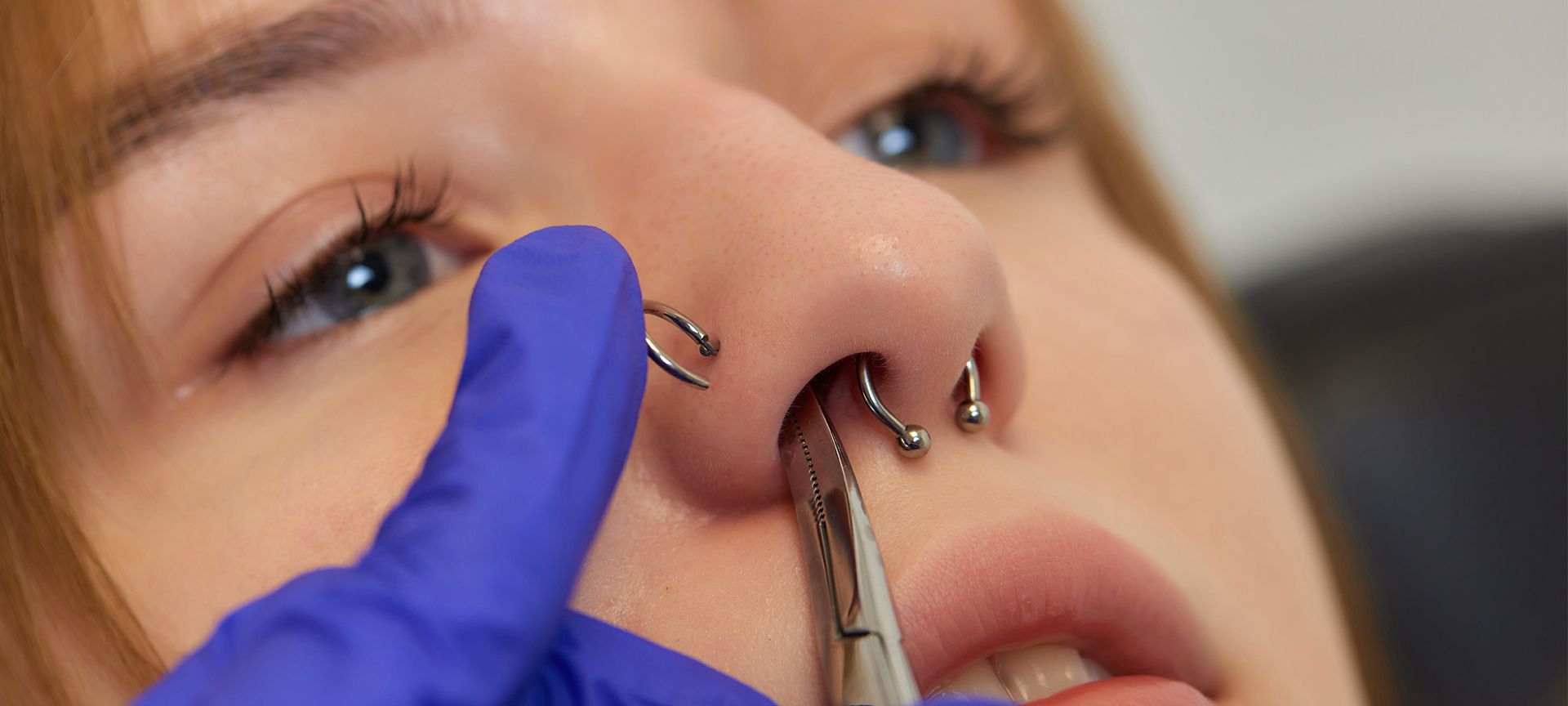The History of Tattoos and Piercings: A Journey Through Time and Cultures
Tattoos and piercings have captivated different human societies throughout history, leaving artistic marks on the skin that often hold deep cultural significance. If you’re considering a new tattoo, it’s essential to understand the rich history and cultural context behind these forms of body modification.
Together, we’ll embark on a journey through time, exploring the origins of tattoos and piercings, their evolution, and their diverse cultural meanings across civilizations. This way, you can fully appreciate what it means to get a new tattoo.
Here, we’ll delve into the cultural significance of body modification throughout history. With knowledge of the historical tapestry of tattooing and piercing, you’ll gain valuable insights to inform your decision and deepen your appreciation for this ancient art form.
Ancient Beginnings: The Origins of Tattoos and Piercings
As a practice, tattooing has been traced back to the Neolithic period, around 5000 BCE. There is evidence of ancient tattoos found through mummified preserved skin, ancient artwork, and archaeological discoveries.
The Upper Paleolithic period in Europe likely saw the emergence of ancient tattoos, supported by ancient art and archaeological findings of tattoo tools.
However, direct evidence of tattooed human skin has been found only from the 4th millennium BCE. The most well-known example is Ötzi the Iceman — his preserved body dating between 3370 and 3100 BCE displays remarkable tattooed markings.
The cultural significance of tattoos varied across civilizations. Typically, each society imprints a different meaning onto these permanent designs.
- In Egypt, ancient tattoos adorned the bodies of individuals, including the mummy of Amunet, Priestess of the Goddess Hathor, dating back to approximately 2134-1991 BCE.
- Native American tribes, the Ainu people of Japan, and many Polynesian cultures also developed unique tattoo traditions, utilizing symbolic motifs to represent identity, spiritual beliefs, and social status.
Piercings, another form of body modification, have a similarly extensive history. From ancient Egypt to various indigenous cultures, piercings were used for aesthetic purposes, cultural rituals, and religious practices. Egyptians, for example, wore earrings as symbols of wealth and social standing.
Nose and lip piercings were also common among indigenous tribes in different regions of the world, often signifying tribal affiliations and spiritual beliefs.
Related Article: Custom Tattoo Design: Tips for Collaborating with Your Tattoo Artist
Cultural Significance: Tattoos as Powerful Expressions
The cultural significance of tattoos has evolved beyond decorative marks on the skin. Throughout cultural history, tattoos have been amulets, status symbols, expressions of love, religious declarations, and even forms of punishment.
- For the Maori people of New Zealand, traditional tattoos known as “moko” held immense cultural significance. Moko designs were etched into the skin using chisels, and represented genealogy, social status, and personal achievements. These intricate facial tattoos conveyed a person’s identity, tribe, and history, serving as a powerful expression of cultural pride.
- In Japan, tattooing has a long and vibrant history. Traditional Japanese tattoos, called “irezumi,” are renowned for their complex designs and deep symbolism. These full-body tattoos were often associated with the yakuza and were markers of loyalty, strength, and resilience. Today, irezumi continues to be appreciated as a remarkable artistic tradition, reflecting Japan’s cultural heritage.

Contemporary Perspectives: Tattoos in Ontario
In present-day Ontario, tattoos have become an integral part of personal expression, creativity, and individual identity. Tattoo studios across the province cater to a diverse range of styles, from traditional to neo-traditional, realism to watercolour.
Depending on your appreciation of tattoos, you can always find a tattoo artist in Toronto. You will find an artist that resonates with your artistic vision.
And when you’re choosing a tattoo, think about its significance in your own life. Think about the symbols, images, or words that hold personal meaning or represent a significant chapter of your journey.
Consult with a reputable tattoo artist who can collaborate with you to bring your vision to life while ensuring the design aligns with the cultural and historical contexts you find meaningful.
Related Article: The Tattoo Process: What to Expect During Your Appointment
In the End
The history of tattoos and piercings is a testament to the enduring human desire for self-expression, cultural belonging, and individual identity. From ancient civilizations to contemporary society, tattoos and piercings have evolved, transformed, and retained their power to captivate and inspire.
As you explore the rich tapestry of tattoo history, let your journey inform your decision and inspire you to embrace the art form that resonates with your unique story.
Remember, tattoos and piercings are not mere fashion statements but deeply personal choices that should reflect your values, passions, and experiences. By understanding the historical and cultural significance of tattoos, you can embark on a transformative journey, carrying the weight of history and the power of self-expression on your skin.
Embrace the art. Embrace the history. Embrace your story. And when you’re ready, our tattoo artists at Piranha Studio are offering expert consultations and inkwork you’ll love.
Book a session with us today.

